
I’m back in Champaign this week for more residence activities with the Champaign-Urbana Symphony Orchestra, and I am looking forward to an EXPLOSIVE concert this Saturday night at the Krannert Center for the Performing Arts! Why EXPLOSIVE, you ask? Because Maestro Stephen Alltop is welcoming violist Carol Cook to Foellinger Great Hall’s stage to perform Krakatoa, my EXPLOSIVE viola concerto!
Composed in 2017, my concerto traces Krakatoa’s volcanic eruption in 1883 (see my program note below for detailed information about the eruption). I scored the solo violist to be accompanied by string orchestra and a wide battery of percussion instruments. The work received its world premiere one year ago in a performance given by the Bandung Philharmonic in Indonesia (where Krakatoa is located) with Maestro Robert Nordling at the helm and violist Michael Hall as soloist.

Ironically, when composing the piece, I specifically chose a volcano that hadn’t had a major eruption in over 130 years, thinking that Krakatoa wouldn’t likely have another big episode any time soon. So I was taken aback earlier this year when Anak Krakatau (“child of Krakatoa,” which formed from the remnants of Krakatoa) exploded in a series of large eruptions this past December that has once again led to the collapse of its crater to a quarter of its pre-eruption size. The damage done by Anak Krakatau wasn’t nearly as catastrophic as its predecessor, although there were over 400 lives lost and the destruction of property when Anak Krakatau’s eruption triggered a tsumani that reached the region’s coastal cities.
While in Champaign, I’ll also be giving two talks at the Osher Lifelong Learning Institute this week: on Wednesday, I’ll give a lecture/demonstration on how a composer composes instrumental music, and on Friday, Maestro Alltop and I will give a pre-concert talk about the pieces on CUSO’s concert, which Dr. Alltop aptly titled “All the World’s a Stage.”
For more information about Saturday’s concert, please visit https://cusymphony.org/. Come join us for an EXPLOSIVE concert this weekend!
Krakatoa – Program Note
On May 20, 1883, a cloud of ash rose six miles high above Krakatoa, a volcano nestled on an island in the Sunda Strait between Java and Sumatra. For the next two months, the volcano rumbled and spewed occasional dust and debris into the air, giving nearby inhabitants a spectacular show. On August 26th, Krakatoa turned deadly with an enormous blast that spewed pyroclastic flows (a blend of ash, lava, and gases) and pumice (lava that mixes with water and solidifies quickly into rock), and commenced a series of eruptions. On the next day, the volcano produced four enormous eruptions over four and a half hours. These eruptions were so loud (particularly the fourth) that they could be heard 3,000 miles away, and so devastating that two-thirds of the island sank back under the sea. The effects of Krakatoa’s eruptions were staggering: they sent shock waves into the atmosphere that circled the globe at least seven times; they triggered numerous tsunamis, the highest nearly 120 feet tall, which flooded and destroyed 165 coastal villages along with their inhabitants; and they propelled tons of ash roughly fifty miles up into the atmosphere. This ash blotted out the sun in Indonesia for days; it also lowered global temperatures for several years afterwards, and produced a wide range of atmospheric colors and phenomena. At least 36,000 people tragically lost their lives that fateful day. For the next forty-four years, Krakatoa was silent below the sea. This silence ended in 1927, when fishermen spotted steam and debris rising from the island. Within a year, a new volcano began to take shape above sea level. This new volcano is named Anak Krakatau, which translates to “child of Krakatoa,” and periodically experiences small eruptions.
Krakatoa for solo viola, strings, and percussion follows the path of the volcano’s four main eruptions. In the first movement, Imminent, the violist uneasily plays as the orchestra (representing the volcano) shows ever-increasing signs of awakening. The orchestra bursts forth into the second movement, Eruption, where it proceeds through four eruptions that get progressively more cataclysmic. After the final and most violent eruption, the violist plays a cadenza that eases the volcano into the third movement, Dormant. In this final movement, the volcano slumbers, soothed by musical traits that I borrowed from traditional Javanese gamelan music: a cyclical, repetitive structure in which the largest gong is heard at the end of each cycle, and a musical scale loosely based on the Javanese pelog tuning system. The movement ends peacefully with an array of string harmonics, representing the intense and brilliantly colored sunsets generated by Krakatoa’s ash in the earth’s atmosphere.
Krakatoa was commissioned by the Barlow Endowment for Music Composition at Brigham Young University.
-Stacy Garrop
*Please note that the photos are of Kilauea, not Krakatoa, for copyright reasons.


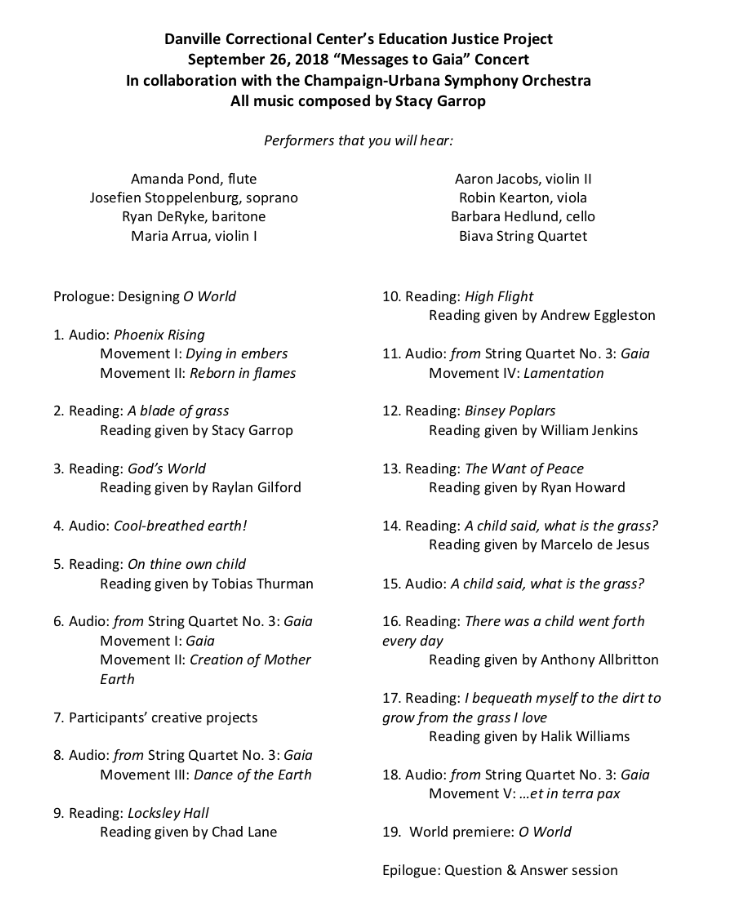 For the concert, I wanted to create a program of music and poetry for the participants based upon the structure of
For the concert, I wanted to create a program of music and poetry for the participants based upon the structure of 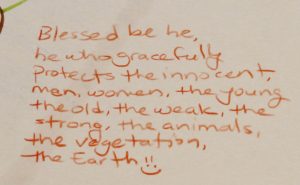 Before we started the concert, I led the participants in creating a group composition called O World that we would perform ourselves. I listed the four basic elements on a chalkboard – earth, air, water, and fire – and the participants came up with vocal and body sounds for each (i.e. earth involved humming a low pitch and stomping their feet). One of the participants suggested we have all four elements be performed simultaneously, so we divided the room into four groups, with each group having their own conductor (four participants volunteered to take these positions). We practiced the piece a few times, analyzed what was working and what wasn’t (for instance, it was too long and had no dramatic shape), and rehearsed it some more. This piece would end our concert. Planning and rehearsing the piece not only served a role in helping the participants to experience the process of composing, but it also provided an activity that allowed everyone in the room to get comfortable. It is likely that most of the participants hadn’t ever taken part in creating a musical composition before, nor had I ever worked with as large as an incarcerated group until this evening. I’m guessing that we were all a little outside of our comfort zones, and group activity that involved collective brainstorming and experimentation helped to serve as a unifying device.
Before we started the concert, I led the participants in creating a group composition called O World that we would perform ourselves. I listed the four basic elements on a chalkboard – earth, air, water, and fire – and the participants came up with vocal and body sounds for each (i.e. earth involved humming a low pitch and stomping their feet). One of the participants suggested we have all four elements be performed simultaneously, so we divided the room into four groups, with each group having their own conductor (four participants volunteered to take these positions). We practiced the piece a few times, analyzed what was working and what wasn’t (for instance, it was too long and had no dramatic shape), and rehearsed it some more. This piece would end our concert. Planning and rehearsing the piece not only served a role in helping the participants to experience the process of composing, but it also provided an activity that allowed everyone in the room to get comfortable. It is likely that most of the participants hadn’t ever taken part in creating a musical composition before, nor had I ever worked with as large as an incarcerated group until this evening. I’m guessing that we were all a little outside of our comfort zones, and group activity that involved collective brainstorming and experimentation helped to serve as a unifying device.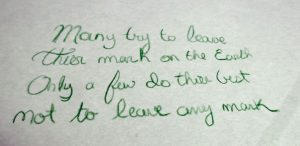 The Concert
The Concert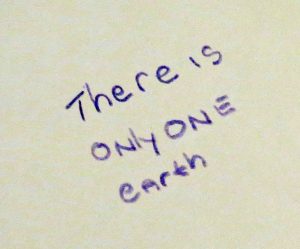 Music
Music
 Concluding Thoughts
Concluding Thoughts of its participants, to help them see themselves as connected to the world even when disconnected from most of society? Will events like these have lasting impacts on participants long past the event itself? These are questions I am left to ponder, and to hope I can explore in more prisons throughout my life.
of its participants, to help them see themselves as connected to the world even when disconnected from most of society? Will events like these have lasting impacts on participants long past the event itself? These are questions I am left to ponder, and to hope I can explore in more prisons throughout my life. Thank you as well to the EJP students, who were willing to put themselves outside of the comfort zones to help create an experience that was unique and meaningful for all involved.
Thank you as well to the EJP students, who were willing to put themselves outside of the comfort zones to help create an experience that was unique and meaningful for all involved.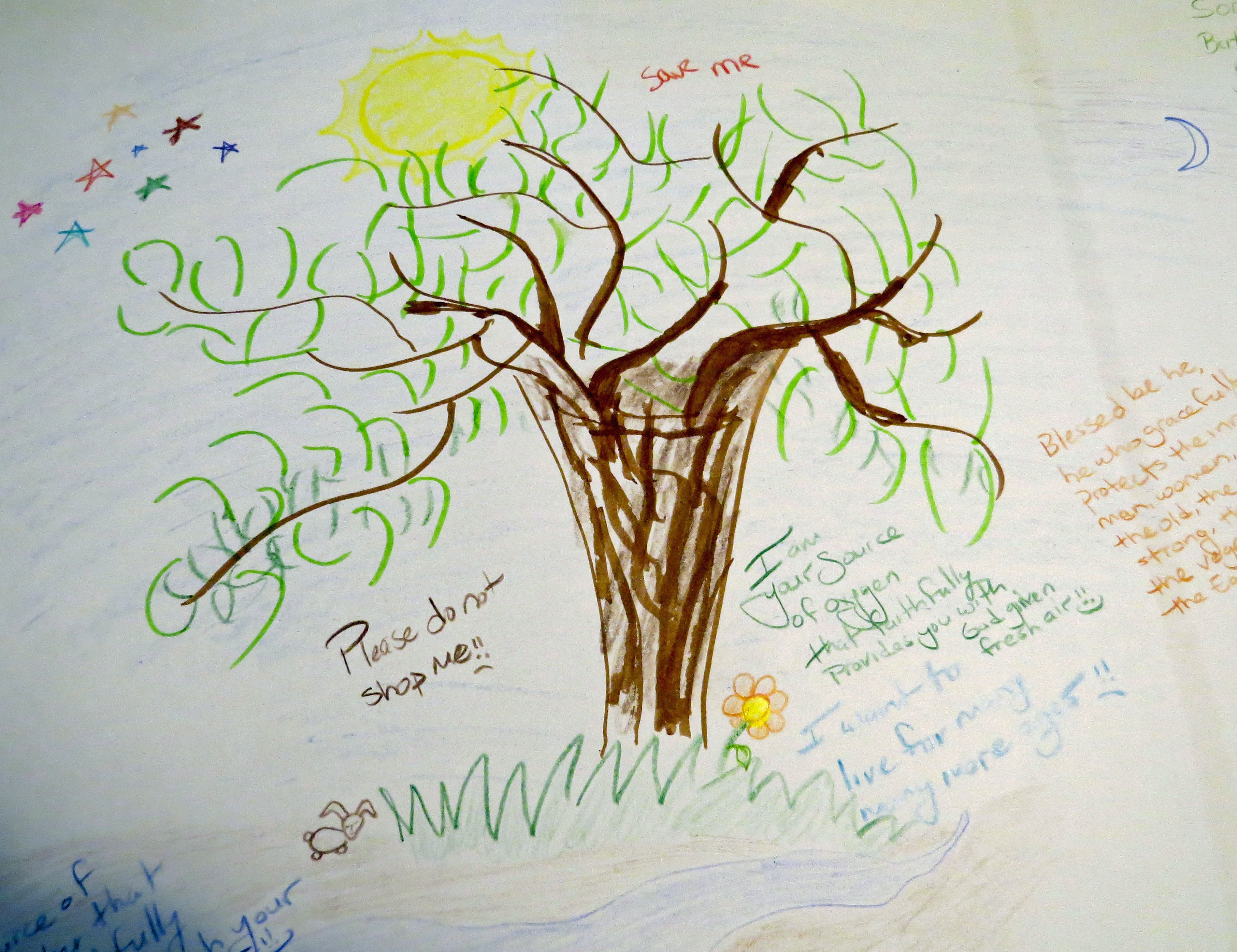
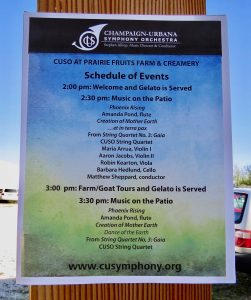 On Sunday, Sept. 23rd, the
On Sunday, Sept. 23rd, the 
 of lush farmland that seasonally goes through its own process of renewal. Between works, PFFC co-owner Wes Jarrell spoke about how he and Leslie began raising goats in 2004, which led to their interest in making cheese and eventually gelato. He also talked about their farm’s sustainability efforts. The short concert concluded with my String Quartet No. 3: Gaia. CUSO musicians Maria Arrua, Aaron Jacobs, Robin Kearton, and Barbara Hedlund performed movement 2 (Creation of Mother Earth) and movement 5 (…et in terra pax); maestro Matthew Sheppard conducted the quartet for this performance.
of lush farmland that seasonally goes through its own process of renewal. Between works, PFFC co-owner Wes Jarrell spoke about how he and Leslie began raising goats in 2004, which led to their interest in making cheese and eventually gelato. He also talked about their farm’s sustainability efforts. The short concert concluded with my String Quartet No. 3: Gaia. CUSO musicians Maria Arrua, Aaron Jacobs, Robin Kearton, and Barbara Hedlund performed movement 2 (Creation of Mother Earth) and movement 5 (…et in terra pax); maestro Matthew Sheppard conducted the quartet for this performance.
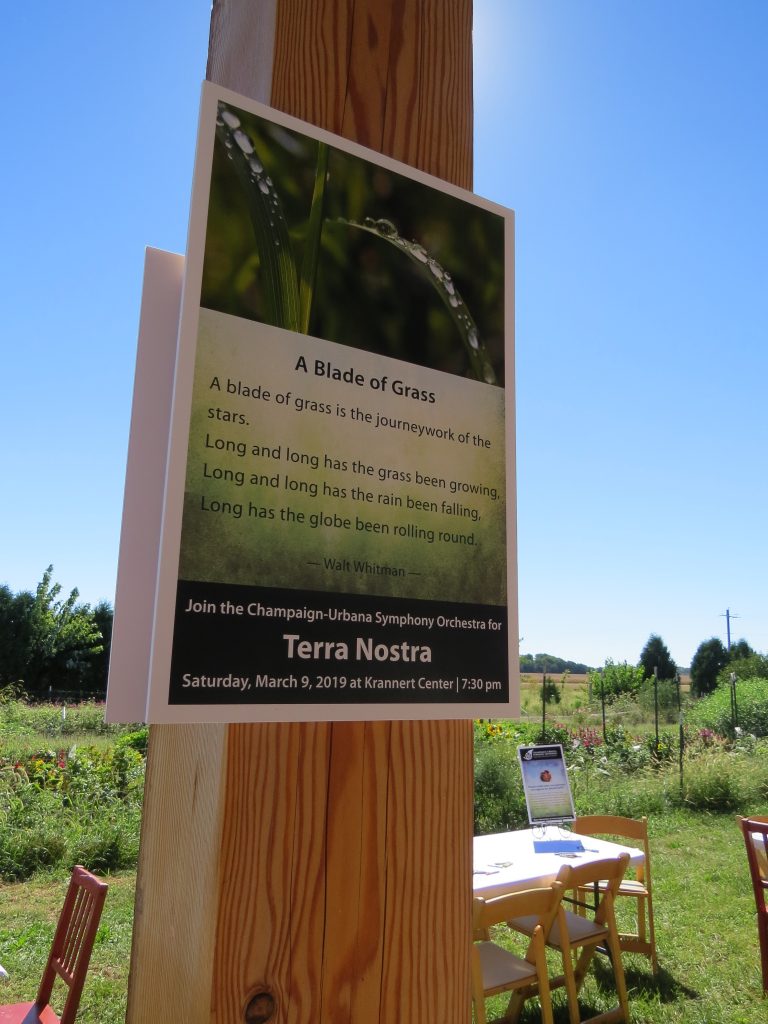 This was a wonderful way to wrap up a completely splendid afternoon of music-making on a goat farm!
This was a wonderful way to wrap up a completely splendid afternoon of music-making on a goat farm! with us! Thank you as well to Wes Jarrell, Leslie Cooperband, Gerri Kirchner, Alex McHattie, and the CUSO musicians for all of their work in making our event a wonderful success, as well as to our event photographer,
with us! Thank you as well to Wes Jarrell, Leslie Cooperband, Gerri Kirchner, Alex McHattie, and the CUSO musicians for all of their work in making our event a wonderful success, as well as to our event photographer, 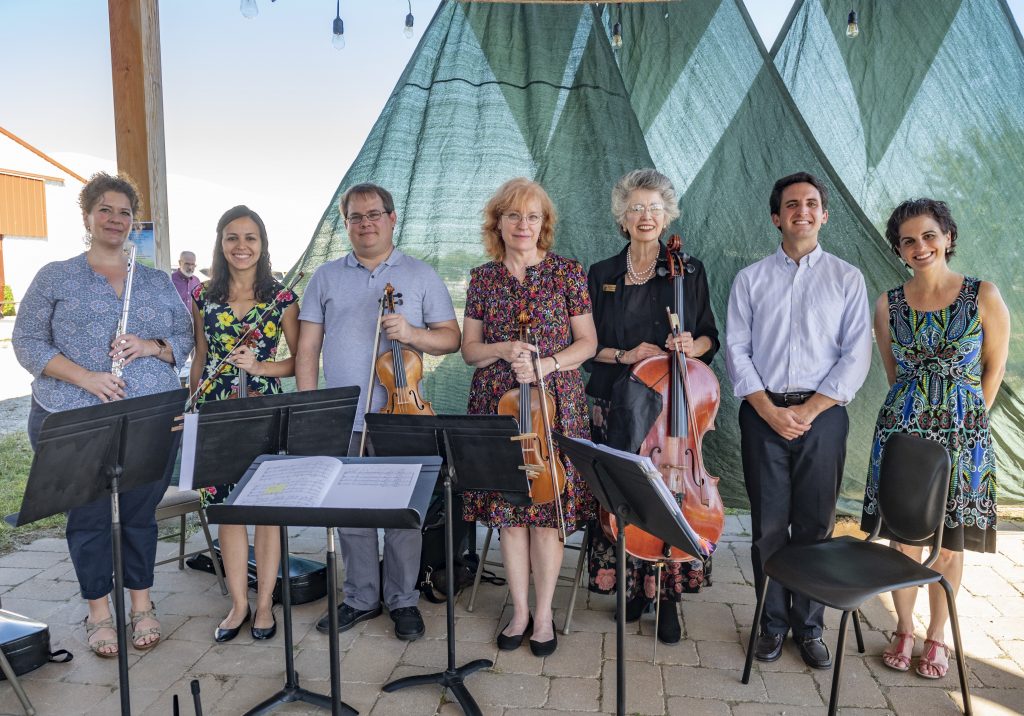


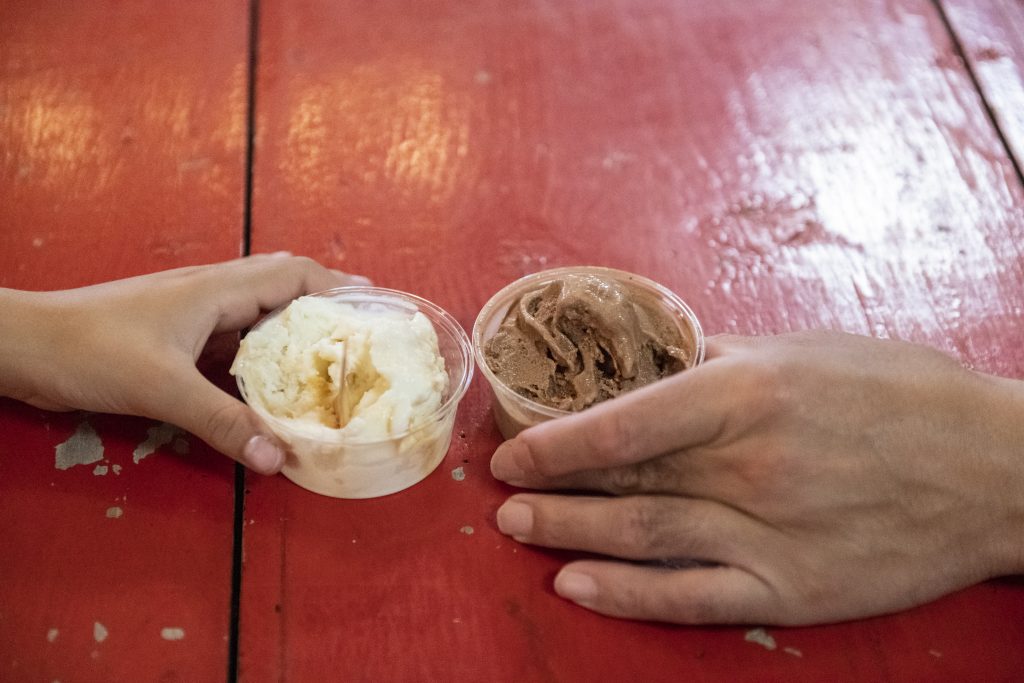

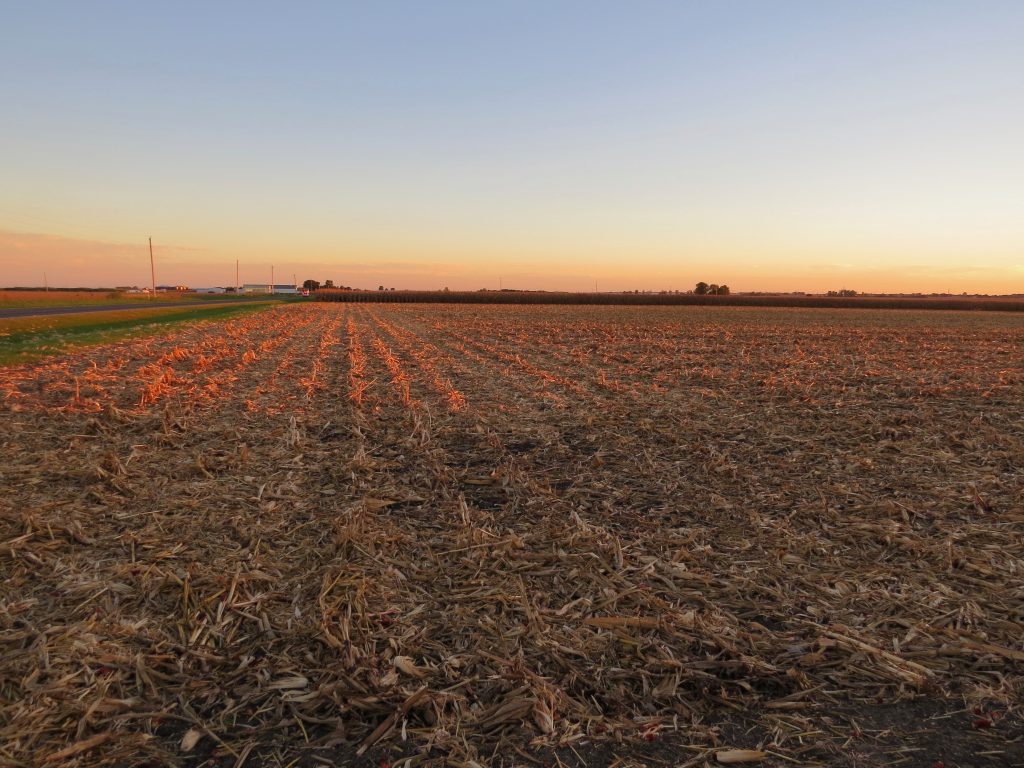
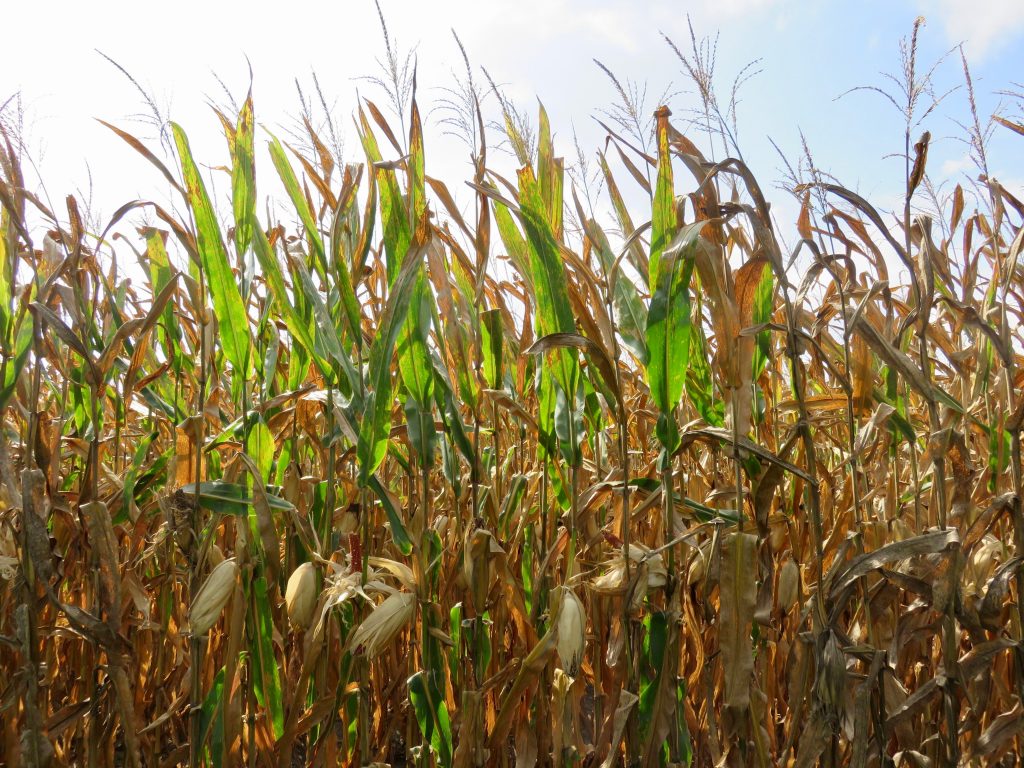
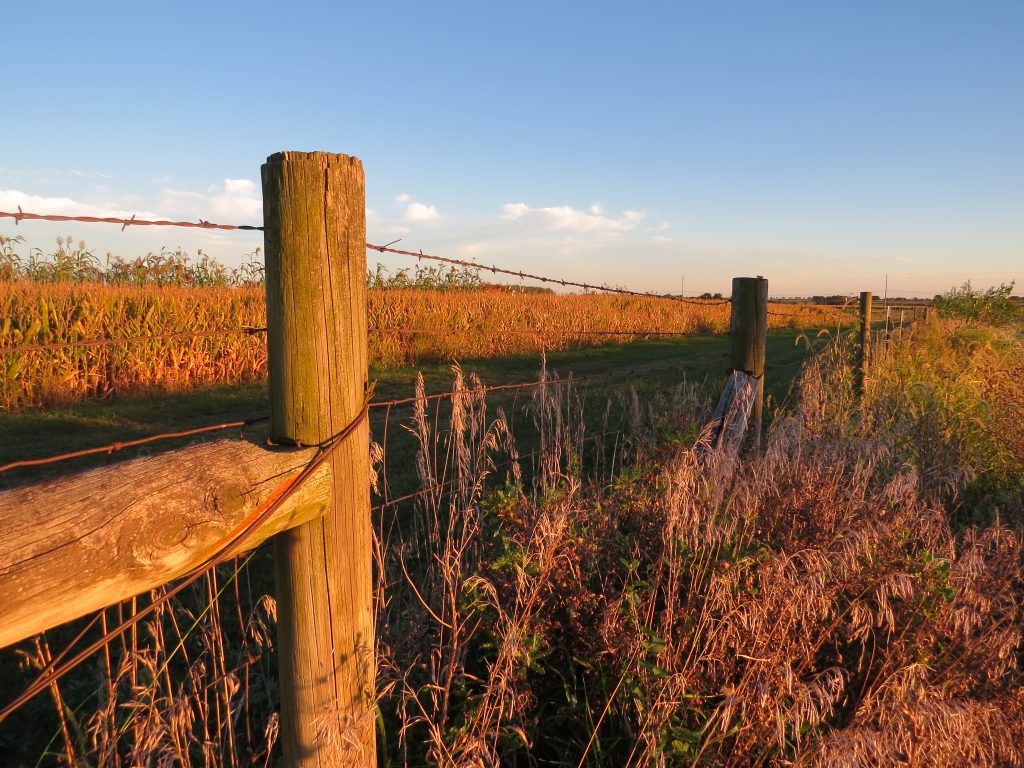

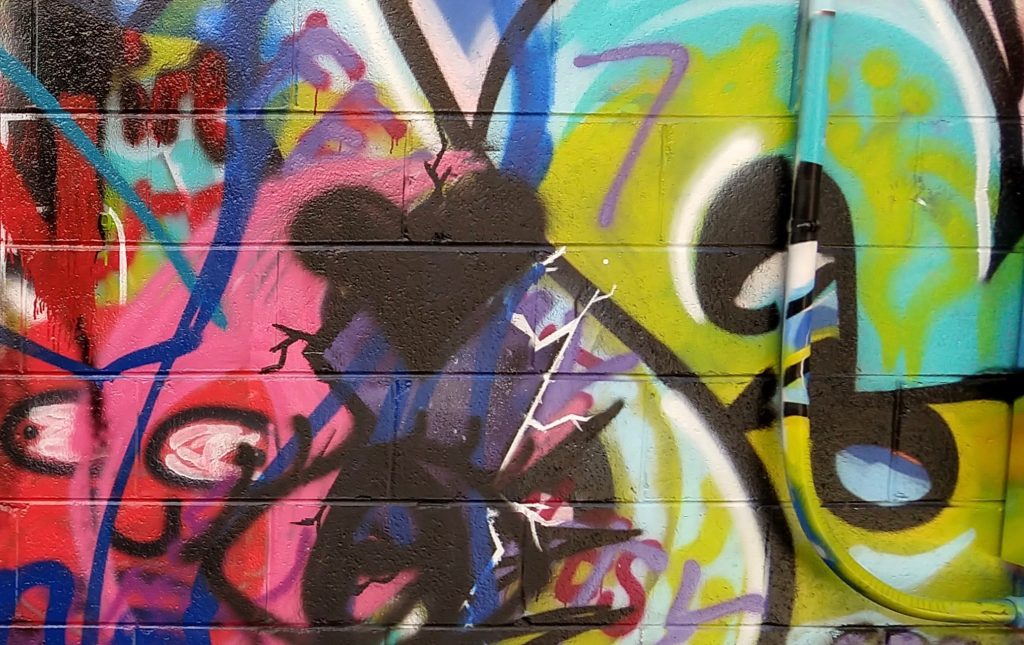
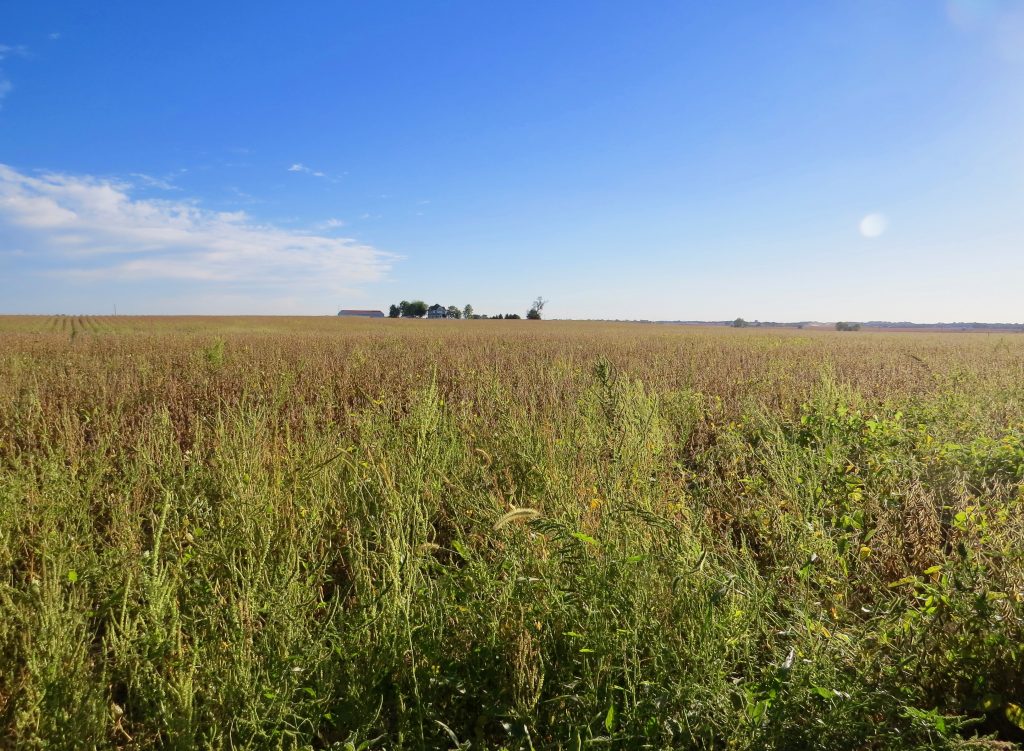
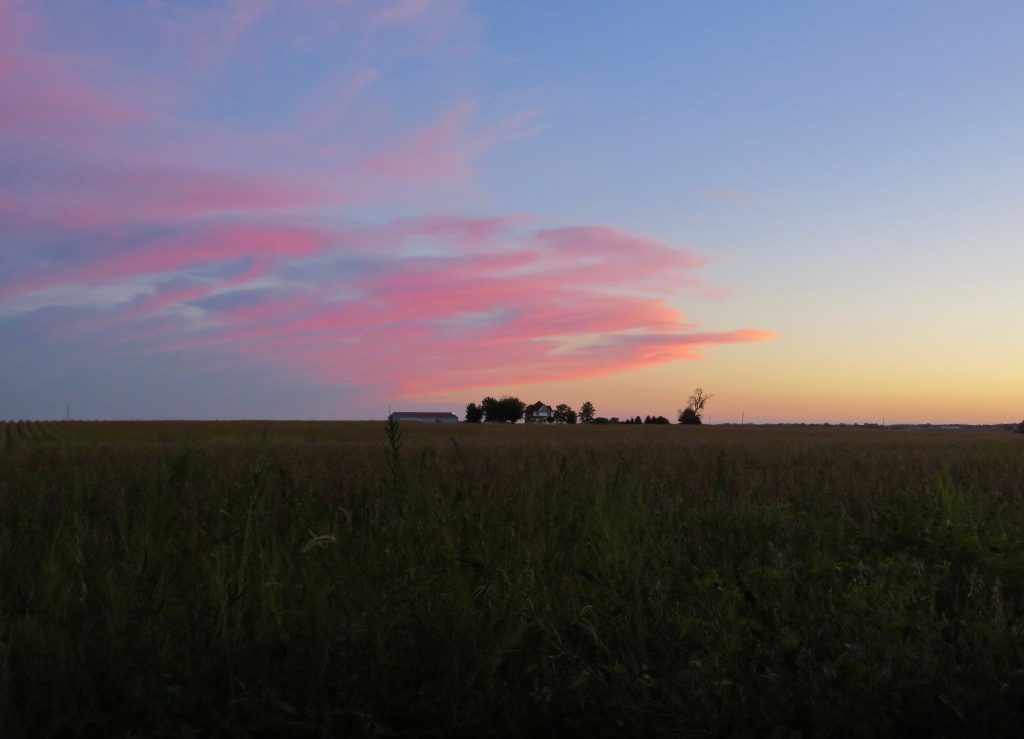
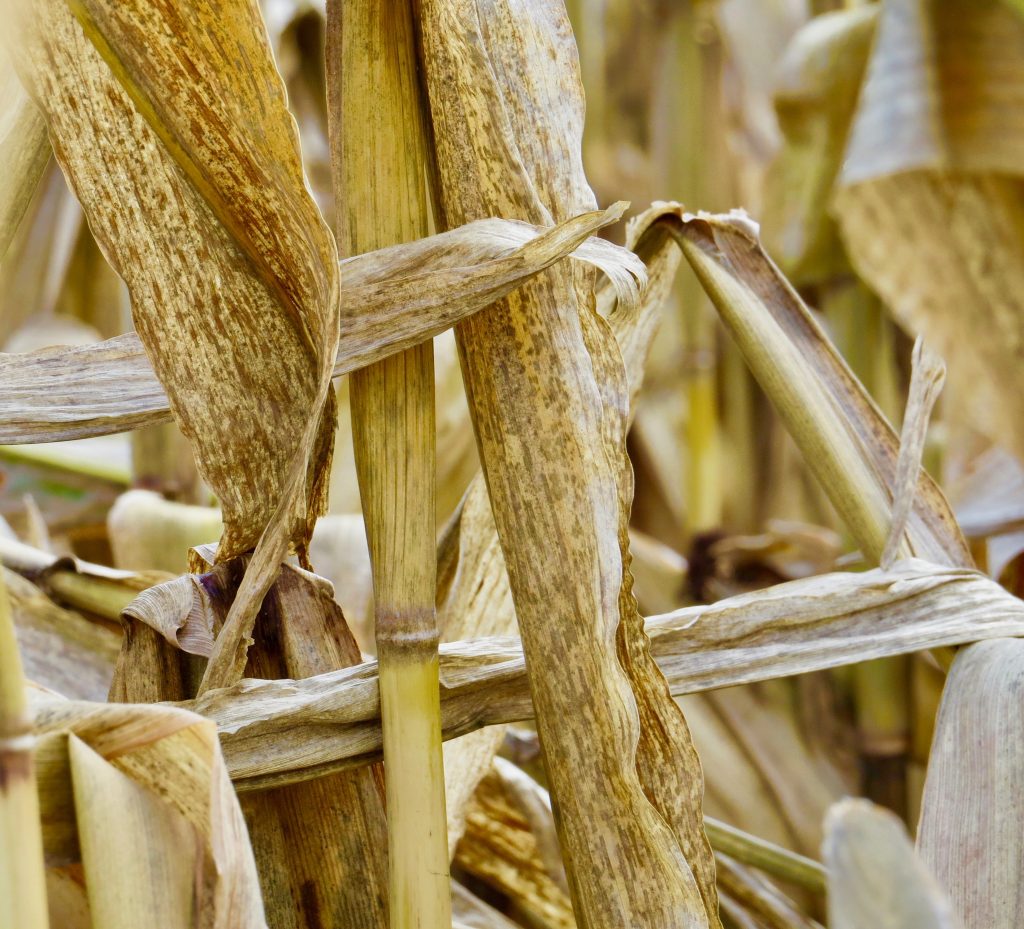

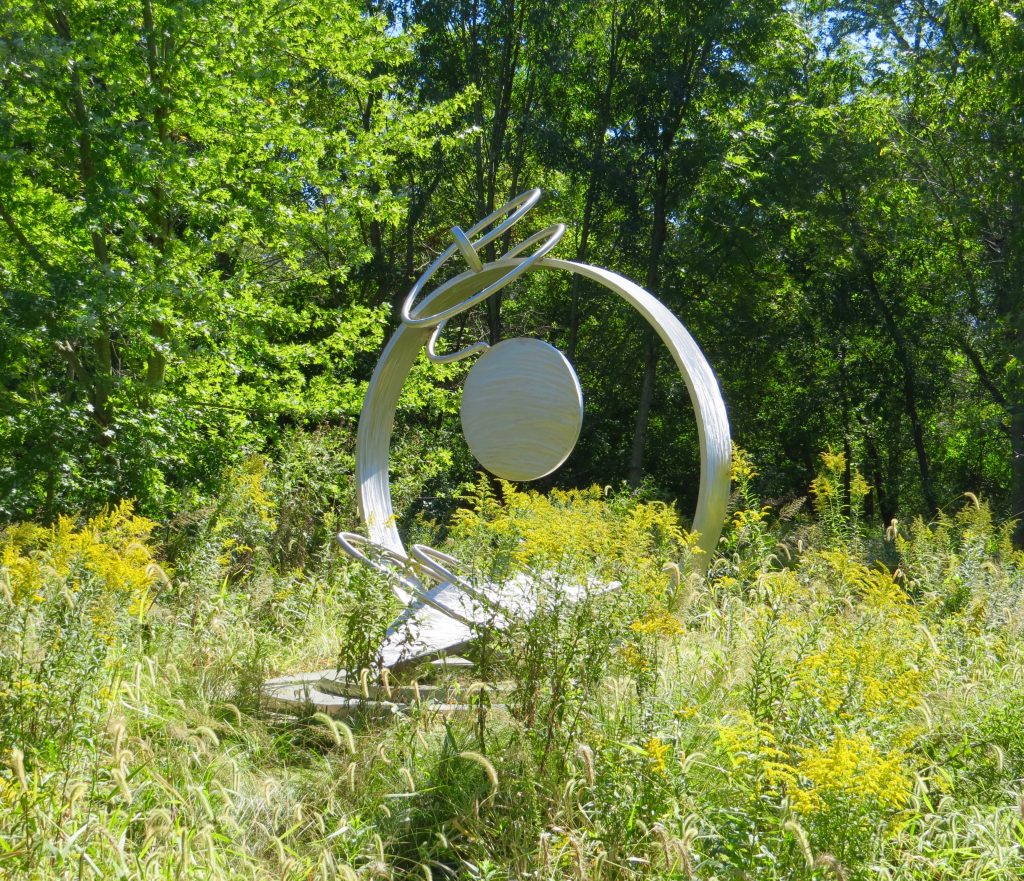


 Want to listen to some of my earth-themed chamber music performed by CUSO musicians, meet some cute goats, and eat delicious gelato? Then come spend two hours with us at
Want to listen to some of my earth-themed chamber music performed by CUSO musicians, meet some cute goats, and eat delicious gelato? Then come spend two hours with us at 

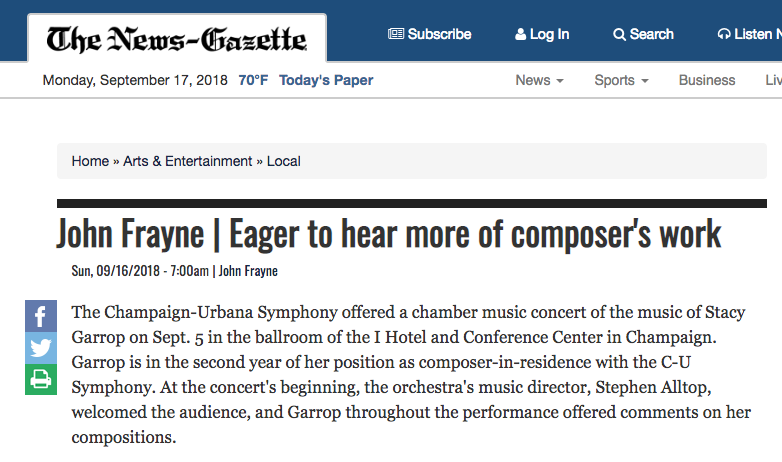
 Like Us on Facebook
Like Us on Facebook Watch Us on YouTube
Watch Us on YouTube Join the Email List
Join the Email List